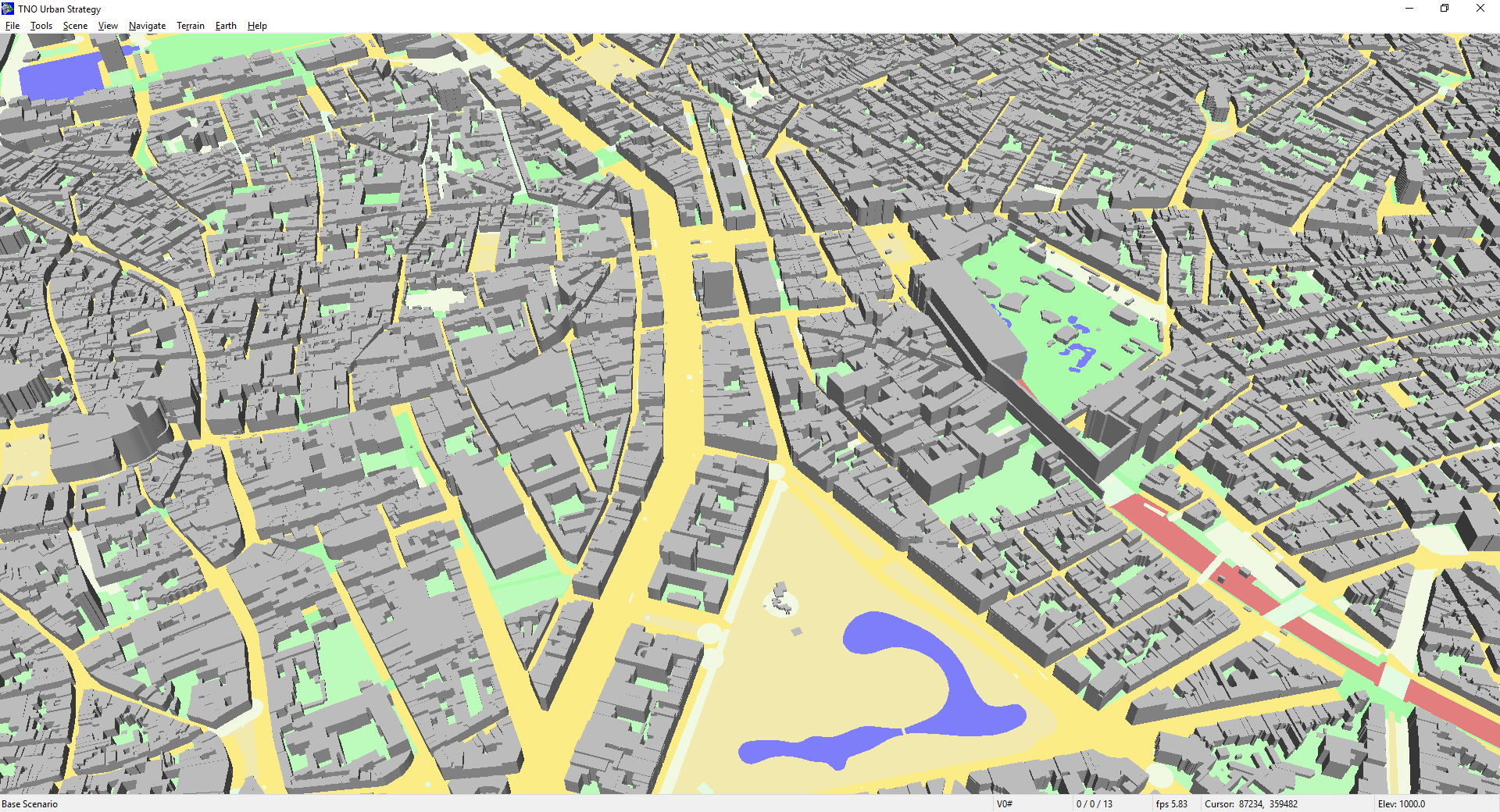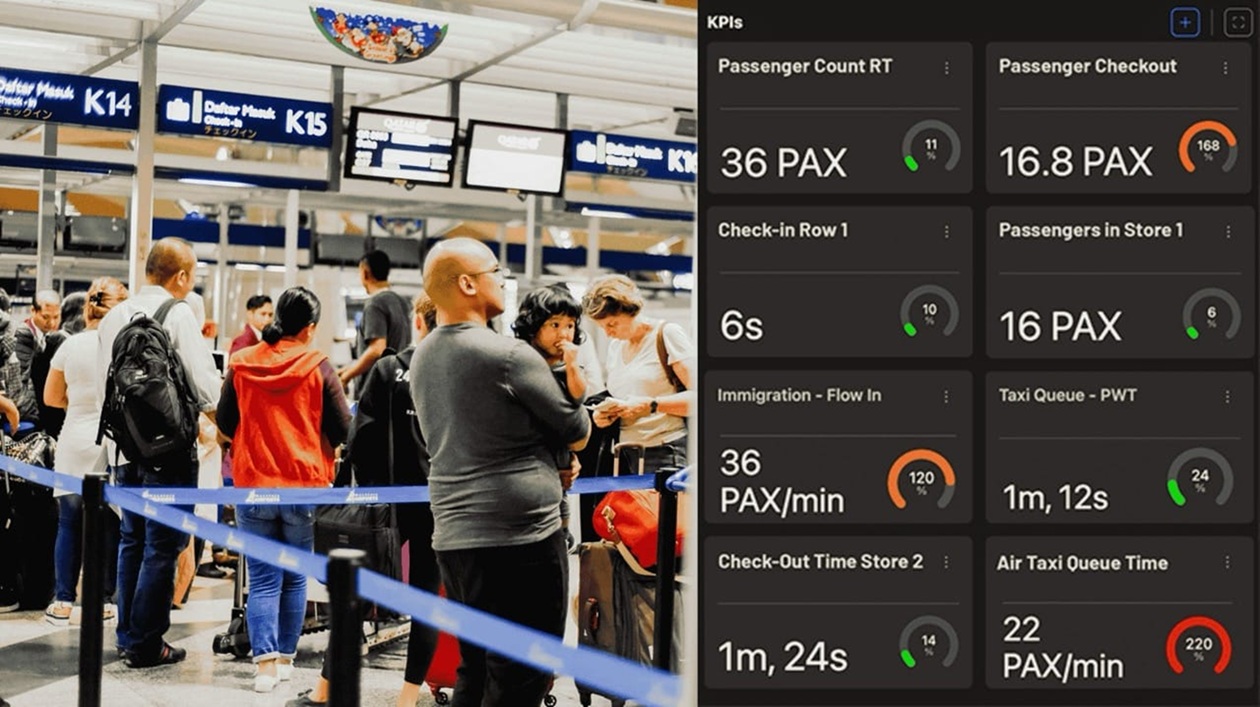
Photo: noise
TNO and imec partner on smart solutions for liveable cities
21 June 2018
The Netherlands Institute for Applied Research (TNO) and imec, have started a multi-year partnership to develop innovations for smart cities and the Internet of Things.
Urban liveability is becoming increasingly complex due to rising population growth, tougher government sustainability targets, requirements for CO2-neutral transport and new technological development, such as ‘Mobility as a Service’.
Thanks to the collaboration, cities are being given accurate insight into the current situation in their city, as well as the ability to predict the effects of future measures on traffic flow, air quality and noise pollution levels.
Imec and TNO are now about to develop new modules for ‘Digital Twins’ in collaboration with cities. These modules provide a better assessment framework and action perspective for complex urban decision-making.
Bridging the physical and digital world
TNO has developed Urban Strategy, a simulation platform to improve integrated decision-making on spatial and mobility planning in cities. This platform also lends itself perfectly to a Digital Twin that bridges the gap between the physical and digital world. Each Digital Twin combines real-time sensor information with algorithm-based simulations and is made with TNO’s Urban Strategy as well as the data from the IMEC sensors.
Digital Twin Antwerp
Imec has recently collaborated with the City of Antwerp, including the Port Authority and the University of Antwerp, on an ecosystem around City of Things.
One of the spearhead moves in this collaboration involves the rollout of a smart zone. This refers to a multifunctional testbed for new digital and technological applications. In this smart zone, various sensor applications in areas such as traffic, air quality, noise and safety are tested in full practice. TNO has supported the project by using its Digital Twin to make all data collected in the physical smart zone transparent.
In this instance, the Digital Twin enables development of applications to show stakeholders; provide insight in the current state of the city in terms of performance indicators (such as flow, noise and air quality), and to simulate in the virtual world the effect of possible future scenarios indicating possible follow-up measures.

From the Digital Twin, two main research topics emerge:
- How can we improve user interaction with the simulation by using state-of-the-art 3D visualisation techniques?
- How can we optimise the synergy between simulation model and sensor networks? For both research questions, the approach and preliminary results will be elaborated on the basis of initial experiences with the Digital Twin in Antwerp.
The first release of the Digital Twin Antwerp was demonstrated at the Imec Technology Forum last May in Antwerp.









